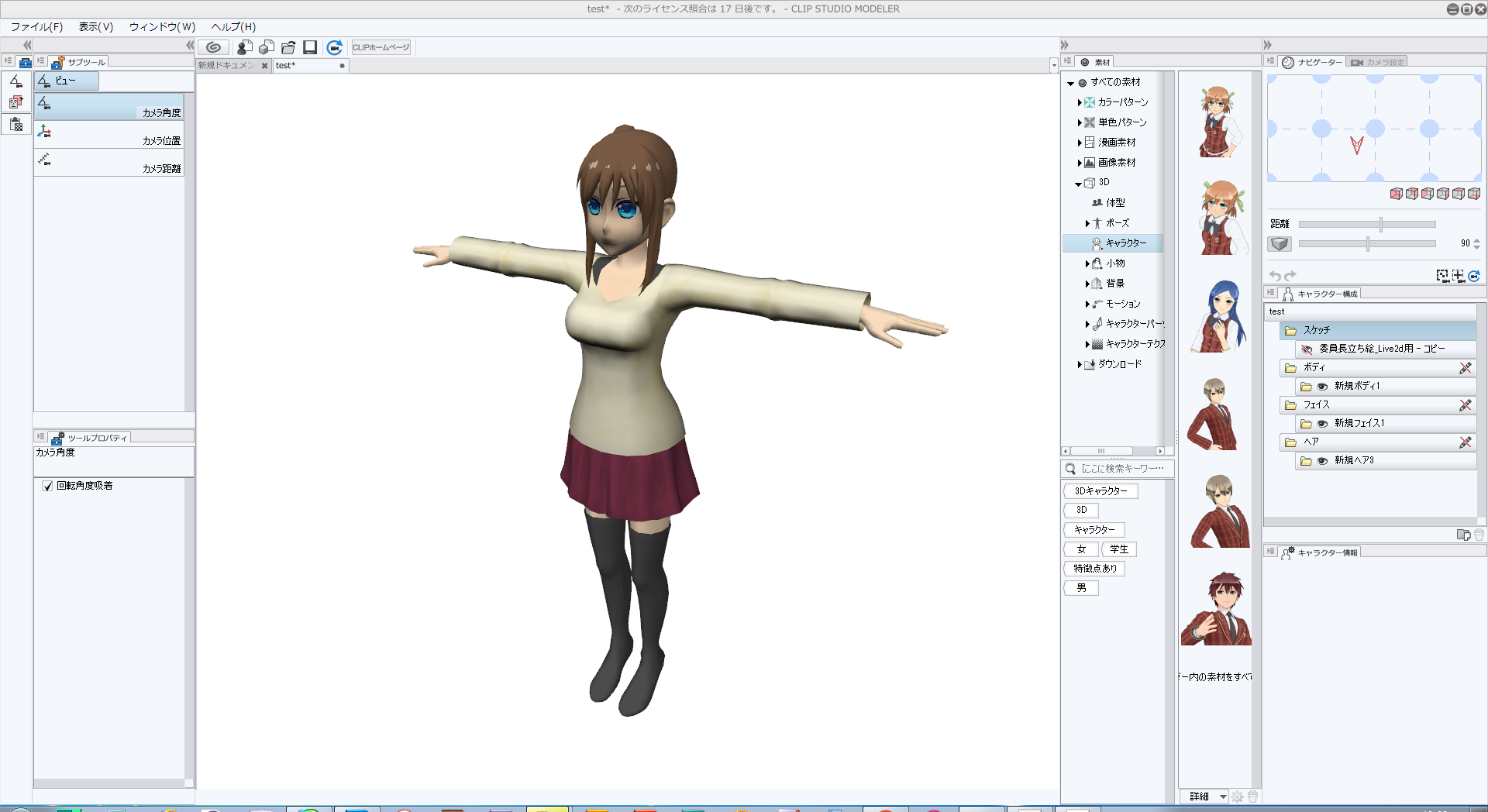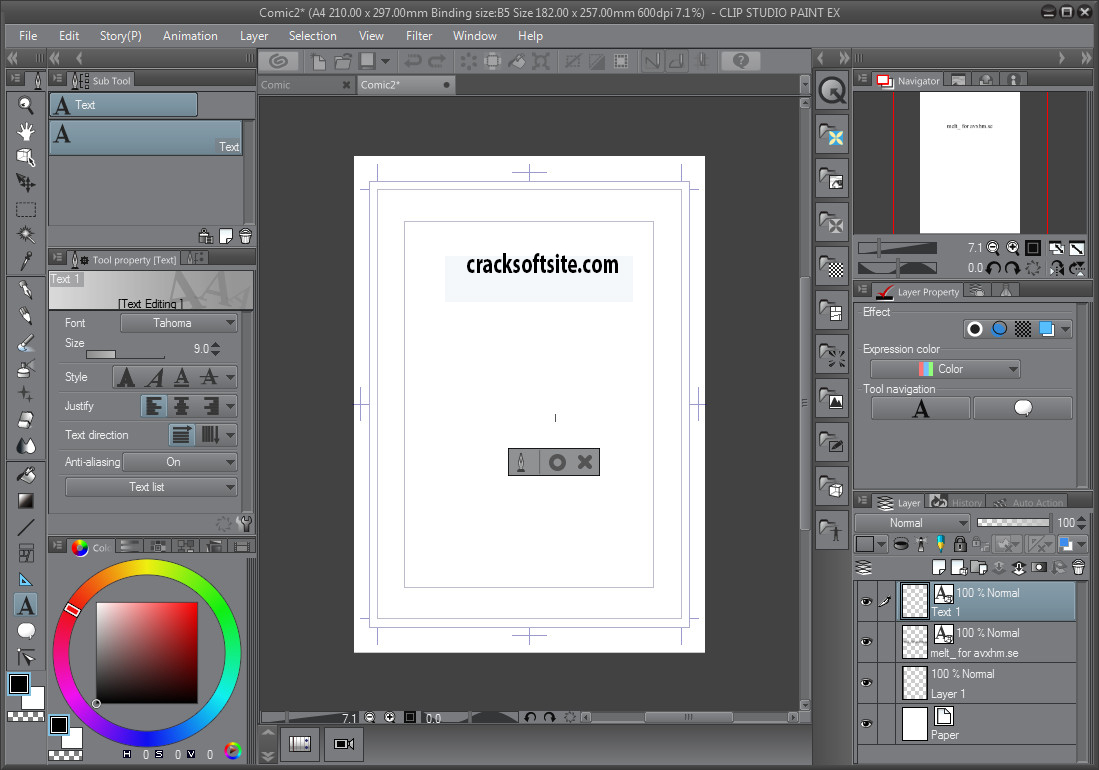


It is also possible to switch textures, move parts, and adjust camera angles. You can load assets and prepare materials for objects like tables, chairs, cups, musical instruments, and backgrounds. This means you are able to import 3D data created with other software solutions and configure them as compatible assets. I'd recommend doing this method if you made the model yourself, if you have the time to do so, and if it aligns with the style you want for your comic.Clip Studio Modeler is a convenient program for Windows that allows you to set up three-dimensional materials to use in Clip Studio Paint. Or alternatively, you can print it and trace the model. A way to change this is to rasterize the 3D set, and then draw small details to the 3D set to make it look more hand drawn (if that is what you are going for!) Use binarization tool to get thicker lineartģD objects lower poly count can be especially noticeable when rendered in black and white. Use Lineart Extracting Tool on 3D Objects that are difficult to render with outlines (like transparent objects) Use the posterization tool to determine simpler tone patterns

Rasterize the 3D object and add more line weight after. Use the Line weight tool in the 3D settings Putting 3D sets and objects into black and white comics is relatively simpler compared to color, but it does come with its own challenges.ĭetermining the values and lighting for 3D objects that were originally meant to be in color can be tricky, but here are a few tips! Add some sparkle details and put some tea in the cup, and you're done!


 0 kommentar(er)
0 kommentar(er)
